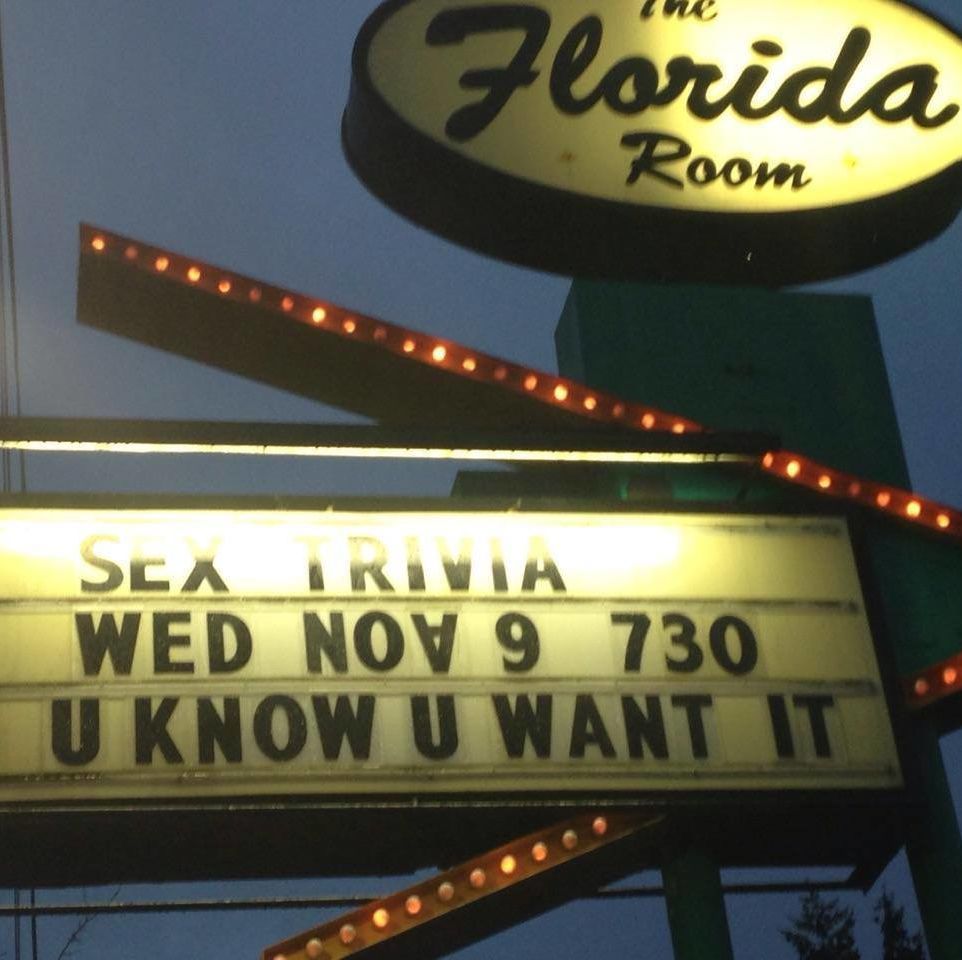Are Psychedelics the Breakthrough Therapy Drug?

Image: Nicolle Clemetson
As the flame licks down into the bowl, the pale crystals flare, then emit a quiet crackle. Thick smoke curls up the throat of an elegant little pipe. The crystals are 5-MeO-DMT, or “toad”: they’re sourced from the venom glands of the Sonoran Desert toad. The user inhales, and within seconds is catapulted into a pitch-black realm, completely detached from their ego. It’s a brief but profoundly alienating experience. Some find it terrifying. For others, it’s therapy.
Decades after the hallucinogenic heyday of the ’60s, psychedelics are back. But, in this case at least, they’re being ingested in a clean, bland counselor’s office in Portland’s Central Eastside. (That was me inhaling, by the way; my first trip with toad venom was as liberating as it was surreal.) As Michael Pollan’s best seller How to Change Your Mind attests, we’re in the midst of a psychedelic groundswell, with drugs like LSD, MDMA, ayahuasca, and psilocybin mushrooms being used to treat not just depression and anxiety but also PTSD, alcoholism, even fear of death.
Few places have embraced the underground movement with as much fervor as Oregon, which is now also among the states pushing to take the therapy aboveboard. Under an FDA fast-track rubric, Portland will soon be home to one of the nation’s first legal pilot programs to use MDMA-assisted therapy to treat patients suffering from severe PTSD. (The FDA has declared MDMA a “breakthrough therapy,” and in one study 76 percent of PTSD patients no longer fit the definition of the condition a year after therapy.) And last fall, Oregon’s attorney general approved language for a ballot initiative to decriminalize psilocybin; the measure could go to voters in 2020.
Unlike microdosing—the productivity-boosting trend preferred by Silicon Valley tech bros—psychedelic therapy involves full-strength doses. Yes, you may be treated to eye-popping visuals, but the focus here is on the inward journey: finding fresh perspective on the ingrained patterns and stories we believe make us who we are. Renee,* who’s been a licensed therapist in Portland for 20-odd years, wasn’t a newbie when it came to psychedelics. “I always had my eye on it from a clinical perspective,” she says. A patient suffering from social anxiety led her to medicine-assisted therapy in 2012. (The patient supplied the MDMA himself.) “After that,” she says, “there was no way to go back.”
Another Portlander, Paula,* had allowed her therapist license to lapse. “I had cutting-edge tools, but I found it difficult to make major headway,” she says of her departure from the field. But since discovering psychedelic therapy roughly a year ago, she estimates she’s treated 90 patients using MDMA and psilocybin, for conditions ranging from PTSD to eating disorders.
Because the drugs are Schedule I controlled substances and therefore illegal under federal law—violators risk jail time and hefty fines—sessions sometimes require house calls or off-hour appointments. Therapists act as guides, supplying measured and tested doses, and then allow the process to unfold at its own pace. Some therapists join in, taking a microdose to better enter the patient’s mind-set. Locally, many therapists get their start at the Portland Psychedelic Society, a self-described “educational group” that hosts meetups and symposia.
Sessions can run upward of $500, but converts say it’s well worth it. Take Myra,* a divorced mother of two teens in her early 50s. After a lifetime of chronic depression, she’d given up on traditional therapy. “I wasn’t actively seeking suicide but wanting ... death,” she says, “just, ‘Are we done yet?’”
Myra, who had her first session in 2015, found MDMA to be almost surgical in its precision. “It homes in on very specific past traumas and wounds we subconsciously avoid,” she says. Since her initial session, Myra has gone on to do four more, roughly once a year. “I still have human struggles,” she says. “But it is like a solid footing or foundation where before there was nothing
under me.”
Increasingly, the clinical mainstream is taking notice. Dr. George Keepers, chair and professor of psychiatry at OHSU School of Medicine, cites a small psilocybin trial among smokers that, after six months, boasted an abstinence rate of 80 percent. “If the trial data shows the same kind of effectiveness as these open studies, I think it’s likely these medicines will be widely adopted,” he says. “But we need good solid evidence. If something goes wrong [in a session], who’s going to know? There’s no one collecting the data.”
But with numerous clinical trials under way across the US (and Europe), the landscape is shifting. Perhaps this trip has just begun.
*Name has been changed.











